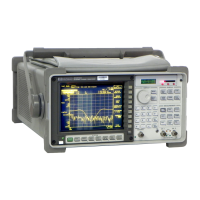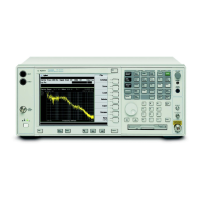To Obtain the Best Curve Fit Results (continued)
It is important to specify any pure time delay that
exists in the measured data, so that the curve
fitter can remove this delay before attempting a
fit. Otherwise, it may be difficult to obtain a
good fit, even with a large number of poles and
zeros. Excess phase due to the right half-plane
zeros should not cause any fitting problems, as
long as enough zeros are allowed in the order
selection step.
Occasionally, you can adjust the weighting
function to improve the fit in regions where
the weighting function is increased.
Generally, the cleanest data should be
weighted the most, and this is often near the
peaks of the frequency response function.
If some of the pole and/or zero values are known,
like those at the origin, for example, then those
should be entered as fixed. However, be certain
that they are correct or else the curve fitter will
be confused.
It is possible for the fit to be good, but for some
of the poles and/or zeros to be incorrect. This
can happen if more than one pole-zero
configuration gives the same frequency response
function, within the limits of the noise level.
It is necessary to have sufficient frequency
resolution to adequately represent the true
response function. The frequency resolution
should be less than the reciprocal of the time
duration of the impulse response of the system
under test. Thus, the minimum spacing between
poles and zeros should be several frequency
sampling intervals, or else the curve fitter does
not have adequate information for a good fit.
The solution is either to make a cleaner
measurement, or to reduce the frequency span to
improve frequency resolution.
Agilent 35607A
Curve Fit Option 1D3 Operator's Guide
16-26

